Text

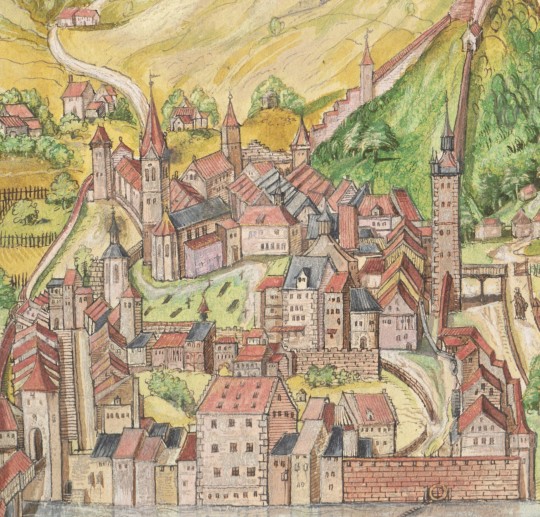

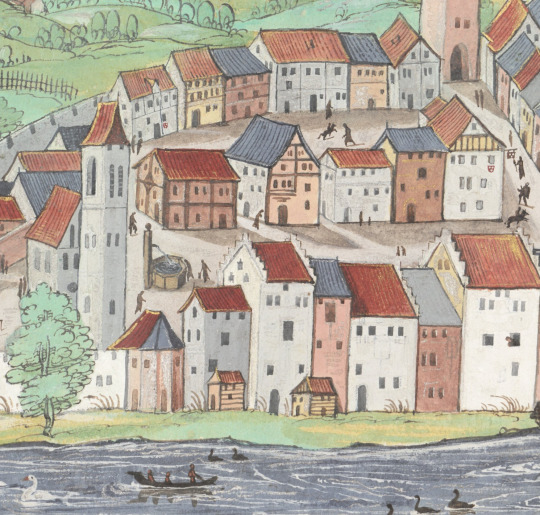
townscapes (glaris, baden an der limmat, thun, mellingen)
in the "ehrenspiegel des hauses österreich", illuminated manuscript, augsburg, c. 1555
source: Munich, BSB, Cgm 895, fol. 145v, 136r, 144r, and 142r
280 notes
·
View notes
Text

(BL Egerton MS 2781; The "Neville of Hornby Hours"; 14th c. f.76v)
Today (Nov. 30th) is Andermas, the feast day of Saint Andrew: apostle, martyr, and patron saint of Scotland (amongst many other patronages). Traditionally, Saint Andrew's Day marks the beginning of Advent (starting the Sunday closest to November 30th) in both the Eastern and Western Christian liturgical calendar.
Saint Andrew has been the patron saint of Scotland for some 700 years, beginning in 1320 with the Declaration of Arbroath addressed to Pope John XXII. Written and sealed by fifty-one Scottish barons and magnates in the reign of King Robert I - popularly known as 'the Bruce' - (r.1306-1329) the Declaration was part of a broader diplomatic effort to assert Scotland's position as an independent kingdom during the First War of Scottish Independence (1296-1328) in spite of the Pope's recognising of King Edward I of England's claim to overlordship of Scotland in 1305 and his excommunication of Robert from the Church in 1306.
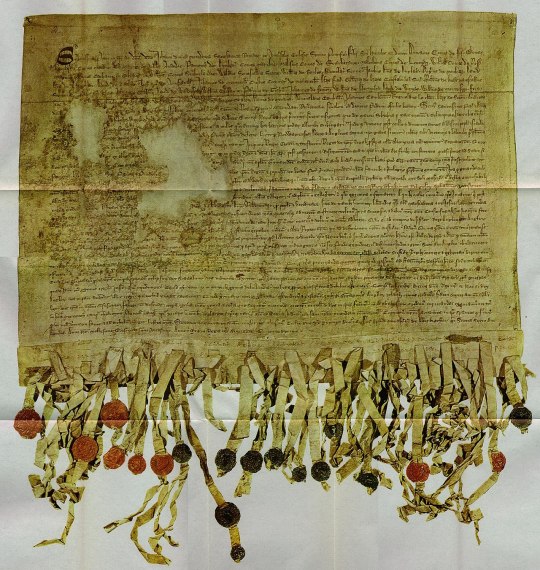
(National Records of Scotland; The Declaration of Arbroath [Online], URL: https://www.nrscotland.gov.uk/Declaration)
Elsewhere in the United Kingdom, such as in Bedfordshire, Buckinghamshire, Hertfordshire and Northamptonshire, 'Tandrew' or 'Tandry' - as St. Andrew's Day was colloquially known - was traditionally once a major festival in many rural villages. Thomas Sternberg, describing popular customs in mid-19th-century Northamptonshire writes that "the day is one of unbridled license [...] drinking and feasting prevail to a notorious extent. Towards evening the villagers walk about and masquerade, the women wearing men's dress and the men wearing female attire, visiting one another's cottages and drinking hot elderberry wine, the chief beverage of the season." (Sternberg, 1851: pp.183-85).
--
As the nights grow longer, Christmas steadily begins to come into our view, be sure to think upon this old folk-rhyme on this chilly night.

(Northfall, G.F. (1892), "English Folk Rhymes: A collection of traditional verses relating to places and persons, customs, superstitions, etc.", (London: Kegan Paul, Trench, Trübner & Co. Ltd.), p.455)
#middle ages#14th century#scotland#saint andrew#illuminated manuscript#manuscript#robert the bruce#paleography
8 notes
·
View notes
Text





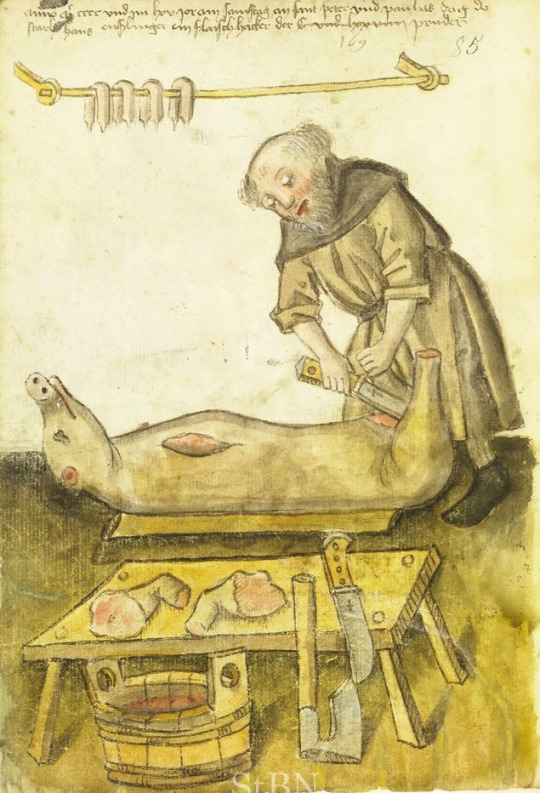
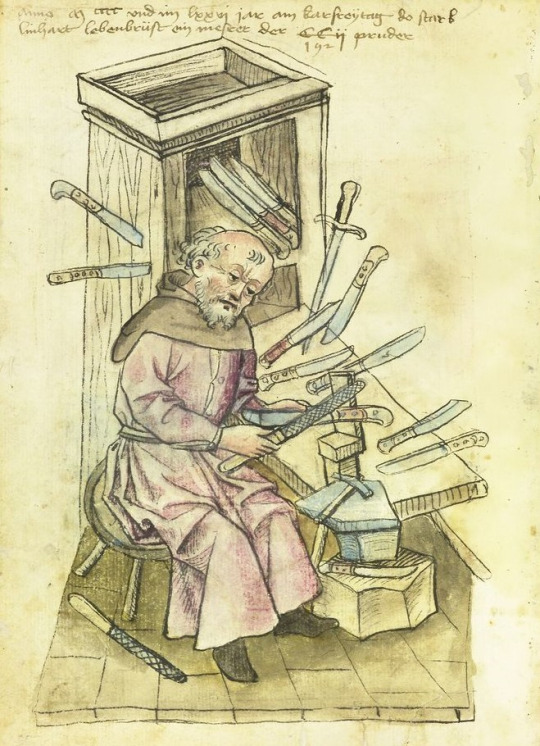
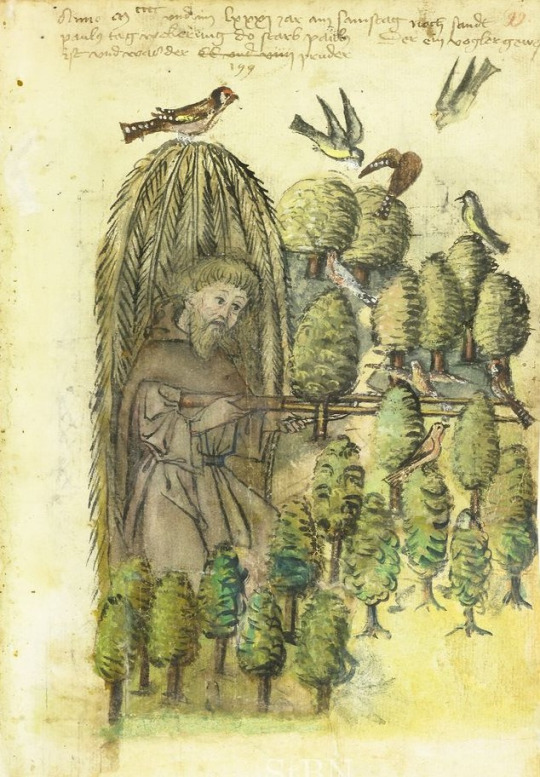
some 15th century occupations: chainmail-maker, bridle-maker, clerk, tailor, spice dealer, butcher, cutler, bird-catcher
from the "hausbuch der mendelschen zwölfbrüderstiftung", vol. 1, nuremberg (bavaria), 1426-1549
source: Nuremberg, Stadtbibliothek, Amb. 317.2°, fol. 10r, 14r, 62r, 67r, 75r, 83v, 95v, and 99r
859 notes
·
View notes
Text


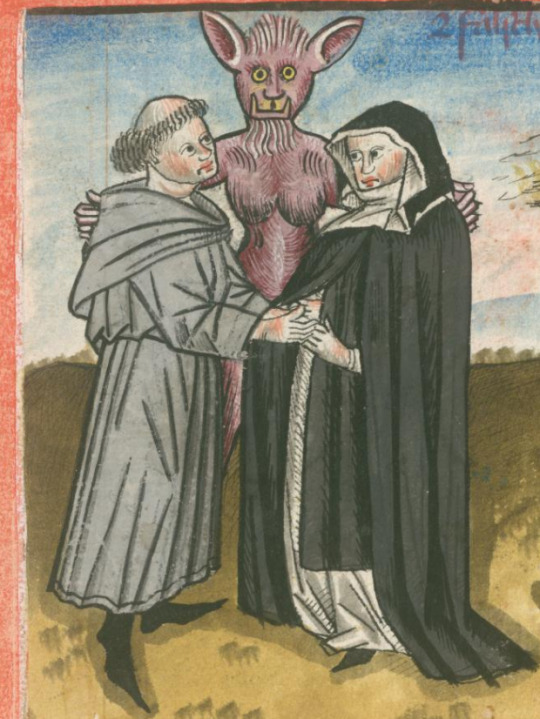
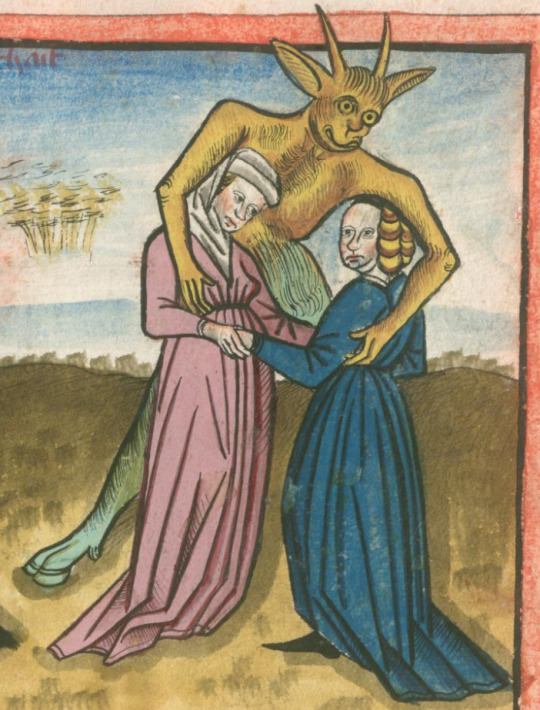
devils officiating sinful weddings
in the didactic poem 'die pluemen der tugent' ('the flowers of virtue') by hans vintler, bavaria, c. 1469
source: Gotha, Forschungsbibl. der Universität Erfurt, Cod. Chart. A 594, fol. 73v and 75r
2K notes
·
View notes
Text


Wonderful parchment repairs in this gorgeous 12/13th century Swiss psalter.
(Source: Hermetschwil, Benediktinerinnenkloster, Cod. membr. 37; Psalterium; end of the 12th/first half of the 13th century; Southwestern Germany; f.19r)
72 notes
·
View notes
Text
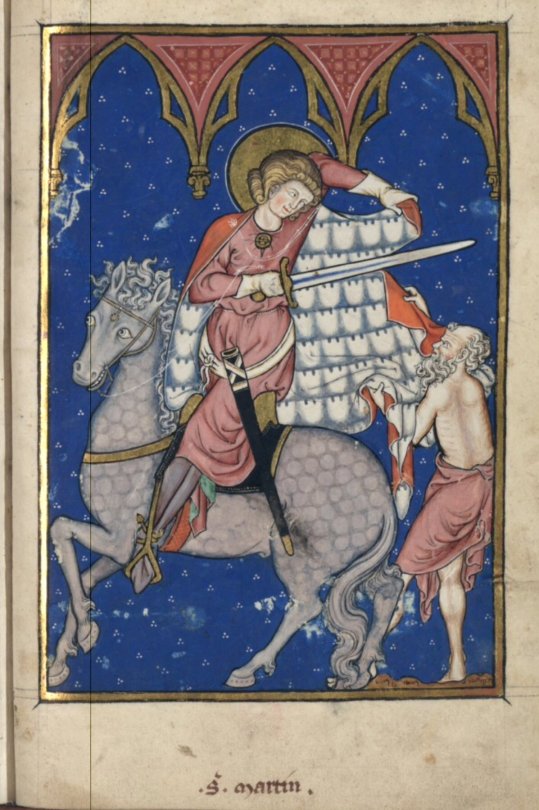
Today (Nov. 11th) is Martinmas, the feast of St Martin of Tours, an important festival in medieval Europe on the very cusp of winter.
A 4th century Pannonian (present day Hungary) soldier, Martin's conversion to Christianity led him to give up his life in the Roman army. As Bishop of Tours he founded the famous abbey of Marmoutiers. Well known for his charity, here St. Martin is depicted cutting his cloak in half to share with a beggar.
Today he is venerated in the church as the patron saint of the poor, soldiers and conscientious objectors.
(Source: BnF NAF 16251: Images de la vie du Christ et des saints. 13th century (c. 1280-1290); f.89r)
163 notes
·
View notes
Photo
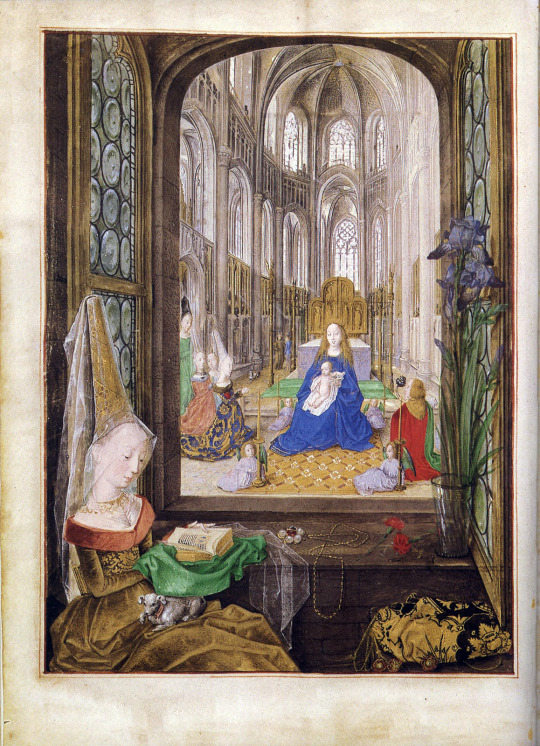

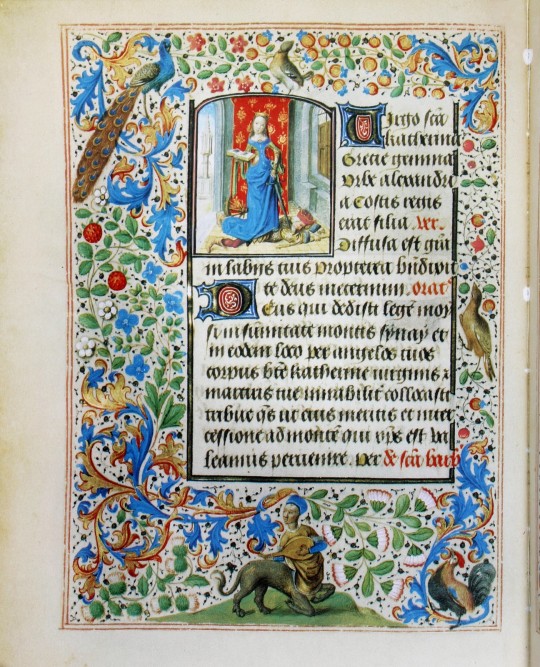
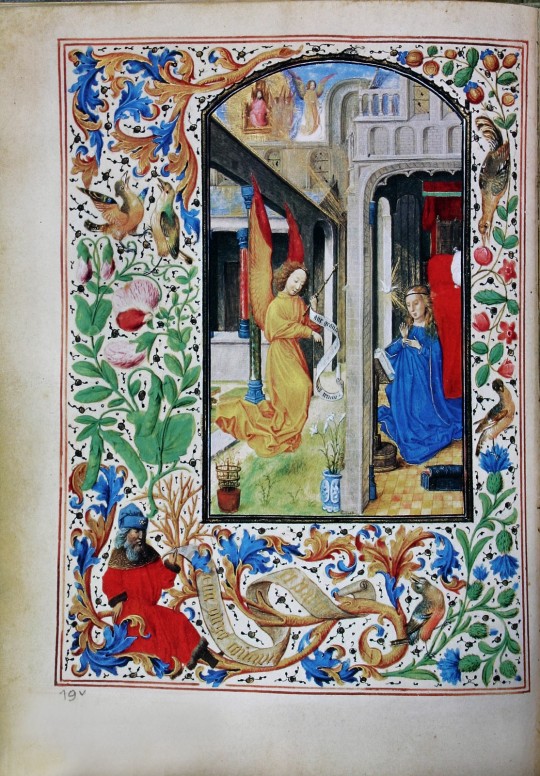
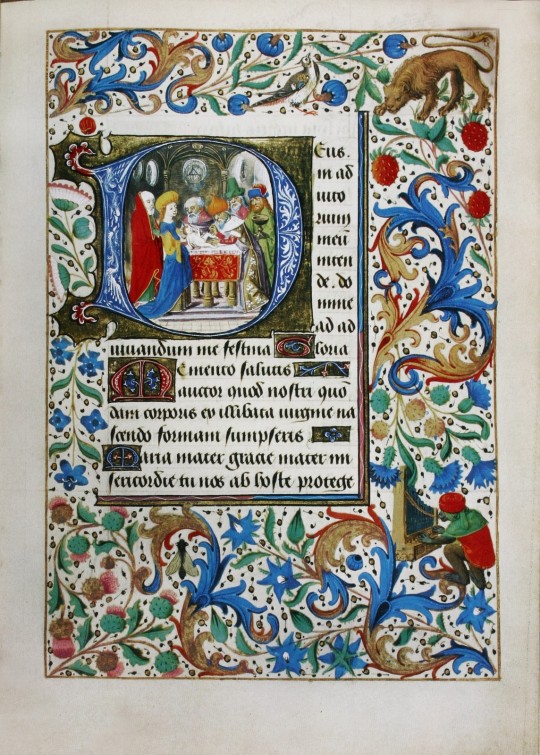




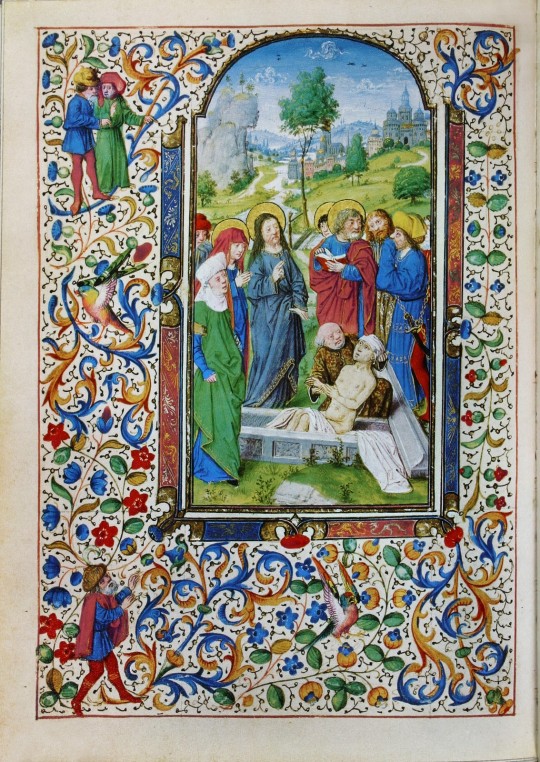
Illuminations from the “Hours of Mary of Burgundy” made in Flanders, c. 1477
487 notes
·
View notes
